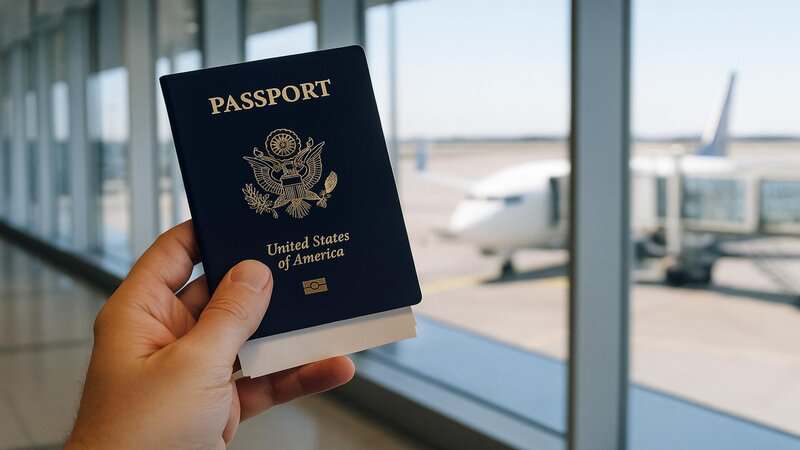Losing your passport in a foreign country is every traveler’s nightmare. Panic may set in quickly, but knowing the right steps can help you regain composure and take decisive action. From protecting your identity to navigating the complexities of embassy procedures, each move you make is crucial to your safety and peace of mind. This guide offers a clear, step-by-step approach to handling a lost passport abroad—helping you move from anxiety to resolution, and ensuring your travels don’t end in disaster.




















